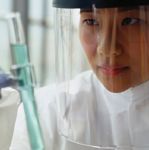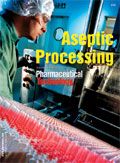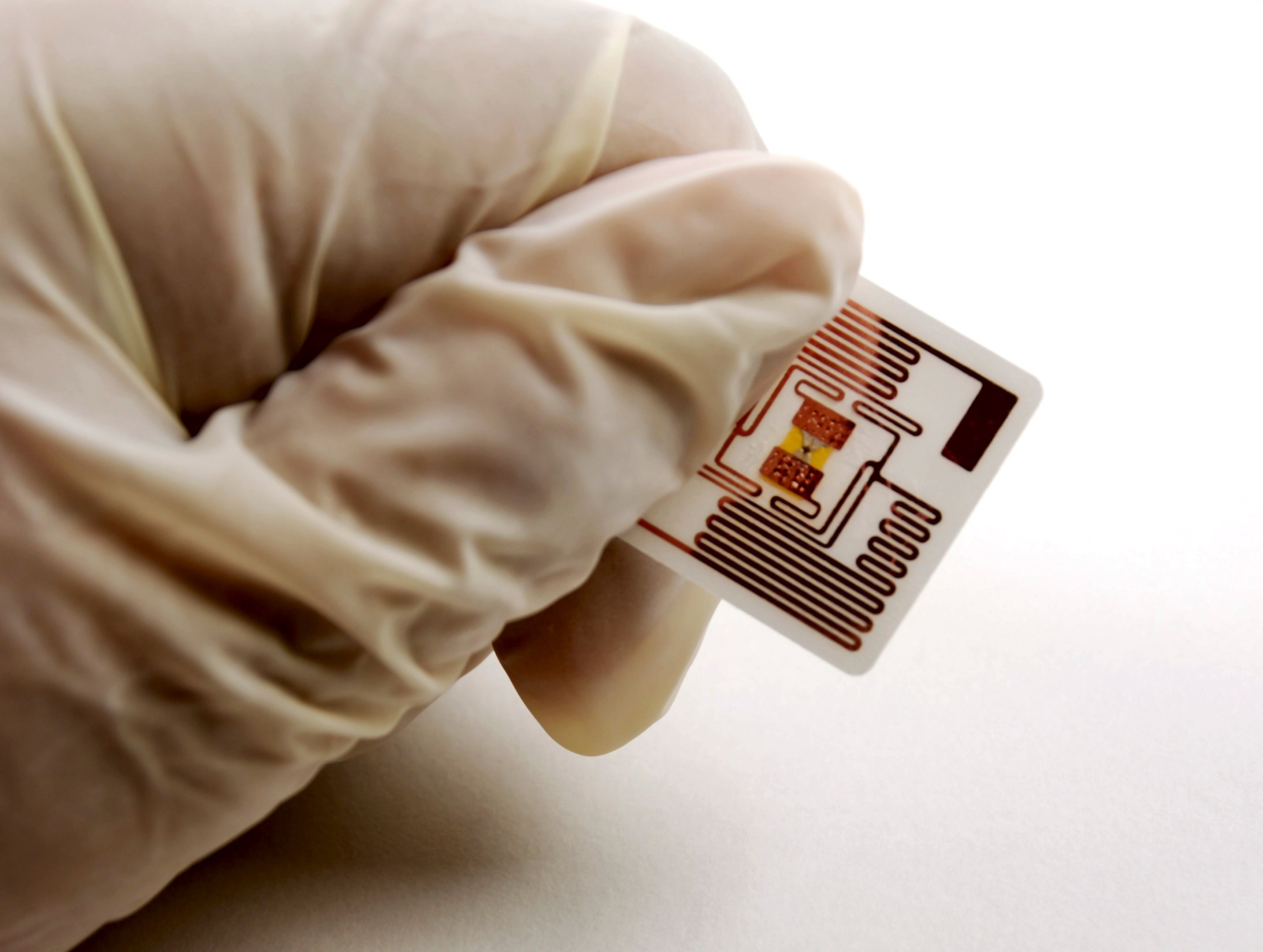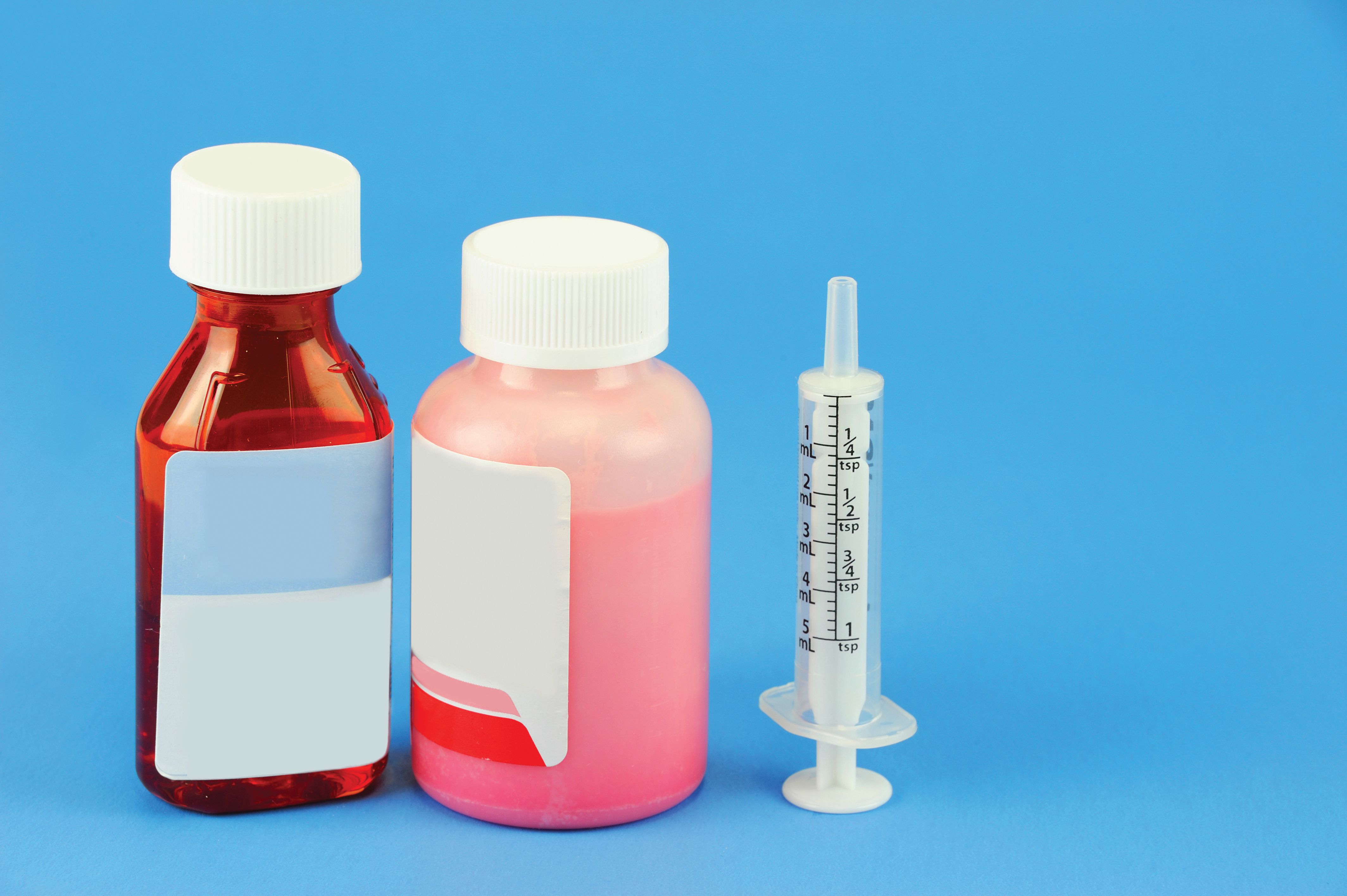News
Article
Pharmaceutical Technology
The Next Generation of Aseptic Processing Equipment
Author(s):
The industry has acknowledged only recently the significance of the contamination risk posed by humans. The authors assert that this realization, together with technological advances, will lead to the elimination of human intervention and, hence, improved sterility.
Although tacitly acknowledged for some time, only during the last few years have both industry experts and regulatory authorities fully acknowledged that humans working in cleanrooms are the chief source of microbial contamination. Because humans are the only significant source of contamination, it follows that they are also the greatest obstacles to the achievement of sterility assurance. It is logical, then, that contamination control technologies currently described as "advanced" focus on enhancing the control of human contamination.

The two technologies most often referred to as advanced at the present time are isolators and blow–fill–seal systems. These technologies represent two different strategies for contamination control. Isolators rely on what can be termed a separation strategy in which the human operator cannot access the aseptic work environment directly. Access to the isolated aseptic zone is achieved only through features that allow separated manipulation. Glove and sleeve assemblies and, in some cases, half-suits are used to provide indirect access with a substantially reduced potential for human contamination.
In the case of blow–fill–seal systems, human-borne contamination control is achieved by not requiring human access into the critical aseptic area during production. Because blow–fill–seal systems usually fully form the container system in situ, they do not require interventions by operators to supply components for closure of an open container. Sterilization of the fully assembled product contact pathway in place obviates the need for aseptic connections. The intended result is aseptic production without intervention.
No barrier separation is used; instead an ISO 5 air shower provides a positively pressurized environment that effectively seals the critical zone against the entry of environmental contamination. The effectiveness of this approach has been established in studies in which high concentrations of contaminants have been released into the surrounding environment with no effect on contamination rates in process simulation studies.
If isolators and blow–fill–seal systems represent the apogee of current aseptic processing technologies, it seems reasonable to ask where evolutionary development in aseptic processing will take industry in the future. The authors believe that equipment concepts already under development, or even in use, clearly point the direction forward. This article will discuss systems that are already in validated operation and others that are likely to follow in the foreseeable future (1, 2).
Air quality
All current aseptic processing environments, including isolators and blow–fill–seal systems, rely on filtered high-efficiency particulate air (HEPA) to provide air that is free of microorganisms to the aseptic zone. Concerns have been raised about the effectiveness of HEPA filters, but experience has shown that in well-designed and properly operated systems, the risk of contamination from HEPA filters is so low that it can be considered insignificant. A frequent criticism of HEPA filters is that they are depth filters rather than the pore–size-controlled membrane filters used for the removal of microorganisms from liquid or gas process streams that come in direct contact with aseptically produced product. HEPA filters have been particularly valuable in human-scale cleanrooms because they are efficient at submicrometer particulate removal and also present a manageable level of backpressure.
As a result, high flow rates of air that is free of detectable microbial contamination can be supplied with reasonable efficiency. In human-scale cleanrooms, high air-exchange rates of as many as several hundred clean-air changes per hour effectively dilute contaminants derived from personnel. In systems that do not allow direct human interventions (and thus exhibit lower contamination potential), lower air-exchange rates are more than adequate to protect the critical environment. This reduces air-flow requirements, hence air-conditioning and dehumidification systems can be downsized. The resulting energy savings could be significant in an era of rising energy costs.
The authors do not believe that a scientifically compelling argument can be made at this time for filtering air by means other than HEPA-grade filters. In modern air-handling systems with prefiltration of makeup air, the risk of microbial contamination entering the environment through the air-handling system is negligible. From a risk perspective, significant gains in aseptic processing contamination control can be made only by better control of human contamination. It is obvious from risk-analysis modeling that the best way to control human contamination is the elimination of human interventions of any kind (3).
Existing precedents
The notion of an aseptic processing operation that requires no human intervention may seem an impossible dream to engineers and scientists familiar with current pharmaceutical manufacturing approaches. The authors, however, have experience with aseptic processing systems already in production that do not rely on human interventions during routine manufacturing operations. The authors have worked with aseptic manufacturing systems used to fill beverages into polyethylene terephthalate bottles at throughput rates of as many as 1200 bottles/min that have been validated and have achieved regulatory approval. These systems use isolator enclosures without gloves. Component feeds for containers and caps are accomplished with an automated, continuous hydrogen-peroxide sterilization system that supplies the components directly to the production isolator.
These systems also use direct process control in the form of gravimetric fill control for each container, with automatic out-of-specification unit rejection. Capping also is controlled in-process with a servo-controlled system that measures the torque on each cap and rejects any bottle–cap assembly that is outside the established specification. The decontamination of the enclosure and all product contact parts also are accomplished automatically. Clean-in-place (CIP) and sterilization-in-place connections also are made automatically.
The performance of these systems demonstrates the clear advantage of eliminating human interventions completely. More than one billion production containers have been filled without a single report of contamination. Milk products and low-acid beverages filled in these systems are highly susceptible to microbial spoilage because they support the growth of typical environmental organisms. Contamination control at such a high level simply would not be possible if human interventions were required. For this reason, aseptic enclosures or isolators are now standard equipment for the production of these beverage products. In the most advanced of these systems, the routine use of gloves for separated human interventions is not required, thus resulting in exceedingly low contamination risks.
The level of performance afforded by this technology is an economic benefit to the manufacturer because the elimination of contamination risk results in both high productivity and high customer satisfaction. The authors find it ironic that most aseptically produced healthcare products are not manufactured with a comparably high level of contamination control because they still rely on direct intervention by gowned operators. It seems counterintuitive that beverages are produced in more technologically advanced contamination-controlled environments than many healthcare products (4).
Aseptic processing of healthcare products: present and future
In the authors' opinion, the lessons learned from the aseptic beverage model are directly applicable to the manufacture of healthcare products. Since 2003, the authors have designed pharmaceutical aseptic processing systems that eliminate human interventions to the greatest possible extent. The ultimate objective is the complete elimination of human interventions through the use of:
- high-quality components such as glassware and stoppers that eliminate misfeeds;
- machine automation and robotics to eliminate all routine and repetitive interventions such as component feeding;
- identification and diagnostic systems that eliminate unfilled containers and containers without stoppers and use positive control of containers wherever possible to avoid jams and fallen containers;
- the automation of in-process control and environmental monitoring activities, thereby reducing risk from interventions associated with these activities;
- complete elimination of aseptic connections, using automated CIP and steam-in-place (SIP) systems and automatic filter-integrity testing (5).
In the authors' view, taking parenteral aseptic processing to a higher level of contamination control performance and manufacturing efficiency requires a second paradigm shift. The authors define the first paradigm shift in aseptic processing as the realization that gowned human operators pose a significant contamination risk. Not long ago, it was common to speak of cleanrooms as "sterile" environments and to believe that a properly gowned operator could intervene with impunity without increasing process risk. The first paradigm shift was the move to separative technologies such as isolators or closed restricted-access barrier systems to control human contamination better. This first paradigm shift, which occurred in the 1990s, resulted in isolator designs that were intervention tolerant. This required a great emphasis on ergonomics because it was accepted that interventions were inevitable. Currently, it is considered acceptable practice to test or even to validate interventions in process simulation tests Interventions—even those performed within isolators—are considered acceptable in all instances.
First- and second-generation pharmaceutical isolators might require 20–40 gloves to enable ease of intervention. It has been recognized that the ease of intervention comes at a price. Commonly used, two-piece glove systems may separate at the mounting ring or the wrist. In addition, gloves and sleeves may develop pinhole leaks or tears, some of which have proven difficult to detect. Glove-leak rates in some first- and second-generation isolator systems have been higher than expected and have resulted in the selection of heavier duty gloves made of puncture-resistant materials (e.g., Hypalon, DuPont Performance Elastomers, Wilmington, DE) and increased use of single-piece glove and sleeve assemblies to reduce the risk of separation. Although these changes have improved performance, they have done so at the price of increased costs and, in some cases, reduced flexibility because some users and members of the regulatory community have frowned upon changing gloves during an aseptic process.
Therefore, the second paradigm shift in modern aseptic processing must be the realization that interventions no longer can be considered inevitable, even in isolators. The authors believe that the future lies in systems that consistently reduce the need for interventions of any kind, including those performed in isolators. The authors believe that this second paradigm shift will result in different approaches to separative enclosure design and, most importantly, to the equipment enclosed within these isolators. Several technological features that point the way to the second paradigm shift in aseptic processing already are in use. A list of such features includes the following:
- Smart depyrogenation tunnel systems count containers into rows and do not allow in-feed until there is space available on the conveyor belt. These systems keep a tight pack for efficient heating and do not put unnecessary physical stress on glass when it is being heated and cooled.
- Direct measurement of glassware depyrogenation temperatures can ensure that process-control requirements are met consistently, which should lead to reduced validation requirements and minimize excessive heating times.
- CIP and SIP can be combined with automatic filter-integrity testing for both process and vent filters, thereby improving process control and reducing the potential for error.
- Fill-dosing systems based upon mass-flow metering are highly accurate, easy to clean and sterilize, can be set up remotely, require no in-process adjustment, and eliminate the need for manual weight checking. These systems also minimize the mechanical complexity common to piston or pump filling and obviate the need for complex mechanical systems required for gravimetric fill-volume checks.
- Vapor-phase hydrogen peroxide (VPHP)-resistant robotic systems for component feeding are validated and in daily use. In these systems, robots are used to load and unload the sterilizer. Component containers are recycled, thereby eliminating waste management inside the isolator and eliminating another class of interventions. Electronic signals from the component hopper inform the programmable logic control of component level and signal the robot to refill the hopper.
- Cappers can be placed in an ISO 5 VPHP-decontaminated isolator. This capping isolator is a separate enclosure downstream of the capping section and operates at a negative pressure relative to the filling–capping isolator. This arrangement prevents aluminum particulate from entering the critical filling and capping zone. The capping isolator, however, is at a positive pressure relative to the surrounding ISO 8 room. This feature also eliminates concerns about the application of aseptic conditions throughout the manufacturing process. In addition, sensors and automatic rejection systems can detect and remove containers with missing stoppers.
- Cappers with the ability to measure seal effectiveness directly on each container afford better process control and ensure that only properly sealed containers reach the consumer. These systems have been installed and validated and have proven to be valuable assets in process control.
- Automatic environmental-monitoring systems using VPHP-resistant robots located inside the isolator enclosures can handle active air sampling, surface sampling, or, if required, settling plates. These automated environmental-monitoring systems eliminate the need for glove interventions to take samples. Because the robots record the time, location, and sample identification, they reduce the likelihood of error. In addition, because no human handling is required, the possibility of false-positive results is reduced. Other environmental control factors that can be measured and controlled electronically are particulate levels, humidity, enclosure relative pressure, and pressure differentials across filter systems. These data, along with all critical control data, can be read remotely in a control room.
The coming revolution
The second paradigm shift in aseptic processing does not involve the separation of interventions, but rather their complete elimination. This shift already is well underway as modern processing systems increasingly rely on automated process control, intelligent machine design, and robots to eliminate the need for human intervention. VPHP-resistant robots already are available and in use. Future generations of robots will be more flexible, and users also will be able to operate them remotely. Thus, for some process steps for which manipulation still is required, remote robotic handling may well prove to be the answer.
Aseptic systems already are in use that fill containers at extremely high speeds without human intervention. In fact, given the very high mechanical speeds this equipment attains, human intervention is unsafe and cannot be allowed. These installations have set the bar for what is possible in aseptic processing, and the challenge in the coming years is one of applying the lessons already learned. Fortunately, the elimination of interventions in parenteral aseptic processing requires only the application of technologies that already exist. Innovation and creative application of these technologies certainly is required. The authors expect that, in addition to advances in sensor, automation, process control, and robots, there will be parallel improvements in container-closure systems as well. The recent interest in presealed, sterilized vials, and other drug delivery innovations will require more specialized or customized processing solutions.
The authors understand that the pharmaceutical industry is conservative and that paradigm shifts historically have occurred at a relatively slow pace. The authors are optimistic, however, that the revolution currently underway in information technology, sensor systems, robotics, and the use of electronics to reduce mechanical complexity will result in widespread, intervention-free aseptic processing quicker than many readers may expect (6). Furthermore, the authors believe that parallel developments in advanced aseptic delivery systems will help drive this second paradigm shift in aseptic processing.
James E. Akers, PhD,* is the president of Akers Kennedy & Associates, PO Box 22562, Kansas City, MO 64113, akainckc@aol.comMamoru Kokubo, PhD, is general manager, microbial control department and Yasusuke Oshima is senior chief engineer, both at RP System Division, Shibuya Kogyo Co., Ltd.
*To whom all correspondence should be addressed.
References
1. J. Agalloco, J. Akers, and R. Madsen, "What Is Advanced Aseptic Processing?" Pharm. Mfg. 5 (2), 25–27 (2006).
2. W. Whyte, "A Cleanroom Contamination Control System," Eur. J. Parenter. Sci. 7 (2), 55–61 (2002).
3. J. Akers and J. Agalloco, "Risk Analysis for Aseptic Processing: The Akers–Agalloco Method," Pharm. Technol. 29 (11), 74–88 (2005).
4. Y. Oshima, S. Yoshida, and J. Akers, "PasepT: A New Concept in Aseptic Processing," in Proceedings of the 36th R3 Nordic Symposium and 5th European Parenteral Conference (The Nordic Association for Contamination Control and Cleanrooms, Linkoping, Sweden, 2005)
5. J. Agalloco and J. Akers, "Aseptic Processing: A Vision of the Future," Pharm. Technol. 29 (Suppl. Aseptic Processing), 16–23 (2005).
6. J.P. Agalloco and J.E. Akers, "A Critical Look at Sterility Assurance," Eur. J. Parenter. Sci. 7 (4), 97–103 (2002).

Newsletter
Get the essential updates shaping the future of pharma manufacturing and compliance—subscribe today to Pharmaceutical Technology and never miss a breakthrough.





